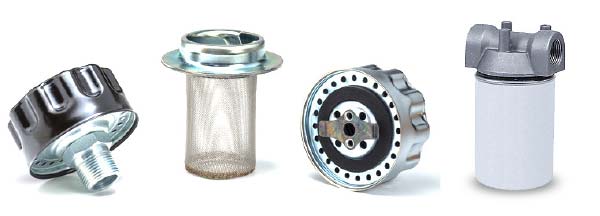888-354-0291
740-622-3307
111 North 14th St • PO Box 218 • Coshocton, OH 43812
- Capabilities
- Standard Products
 Cross Reference Guide
Cross Reference Guide- All-Nylon Suction Strainers
- Filler Breather – Bayonet Style
- Filler Breather – Threaded Style
- Flow Diffusers
- H7 Series Male Suction Strainers
- H7 Series Female Suction Strainers
- Hose Barb Tank Mount Suction Strainers
- Model “OS” 8.1″ Suction Strainers
- Model “OS” 5.9″ Suction Strainers
- Suction Strainers: NPT Tank Mount
- P7 Series Male Nylon Suction Strainers
- P7 Series Female Nylon Suction Strainers
- Pipe Mounted Suction Screens
- “PS” Suction Strainers for Water and Petroleum-Based Fluids
- SP Series Spin-On Hydraulic Filters
- Return Strainers
- SAE Tank Mount Suction Strainers
- Tank Accessories
- Tank Mount Diffusers
- Custom Products
- About
- Learning Center
- Contact

 Cross Reference Guide
Cross Reference Guide Tank Mounted Suction Strainers
Tank Mounted Suction Strainers In this day and age when it seems we have to fight for every piece of business we can find, how many of us are looking outside our current customer markets and industries for new business? Throughout the years, Ohio Fabricators has manufactured filters, strainers, and custom filtration products that are not just used in the fluid power industry. Look outside this generous industry that has been good to us over the years. Some key markets that use products that Ohio Fabricators manufacturers are…
In this day and age when it seems we have to fight for every piece of business we can find, how many of us are looking outside our current customer markets and industries for new business? Throughout the years, Ohio Fabricators has manufactured filters, strainers, and custom filtration products that are not just used in the fluid power industry. Look outside this generous industry that has been good to us over the years. Some key markets that use products that Ohio Fabricators manufacturers are…